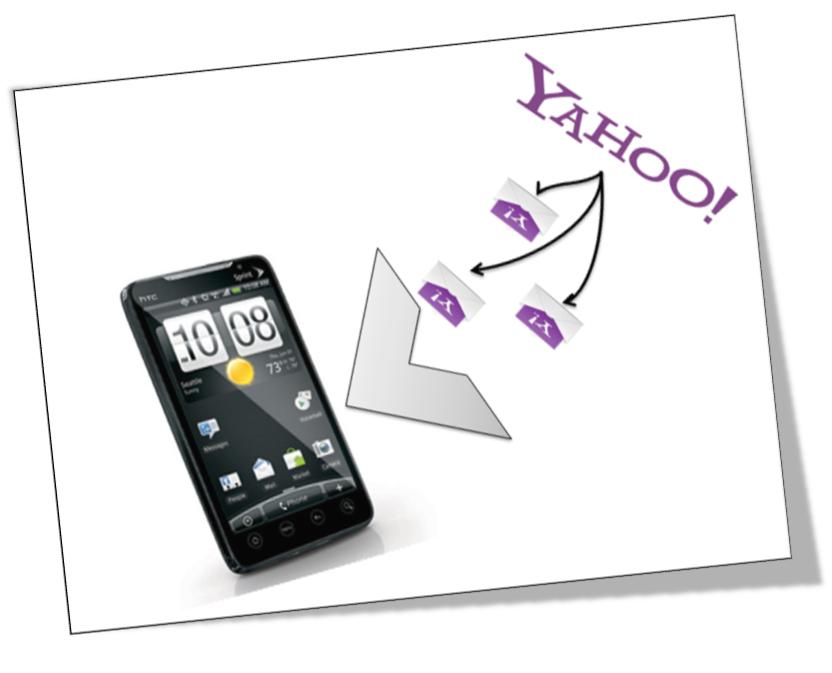
It is important to note that DMARC builds upon both the DomainKeys Identified Mail (DKIM) and Sender Policy Framework (SPF) specifications that are currently being developed within the IETF. Provide robust authentication reporting.All other tests remain unaffected.Īt a high level, DMARC is designed to satisfy the following requirements: In the above example, testing for alignment according to DMARC is applied at the same point where ADSP would be applied in the flow.
#YAHOO MAIL OVERVIEW PLUS#
For example, assuming that a receiver deploys SPF and DKIM, plus its own spam filters, the flow may look something like this:
#YAHOO MAIL OVERVIEW HOW TO#
If not, DMARC includes guidance on how to handle the “non-aligned” messages. The way it works is to help email receivers determine if the purported message “aligns” with what the receiver knows about the sender. DMARC and the Email Authentication ProcessĭMARC is designed to fit into an organization’s existing inbound email authentication process. The goal of DMARC is to build on this system of senders and receivers collaborating to improve mail authentication practices of senders and enable receivers to reject unauthenticated messages. The results were extremely effective, leading to a significant decrease in suspected fraudulent email purported to be from PayPal being accepted by these receivers.

In 2007, PayPal pioneered this approach and worked out a system with Yahoo! Mail and later Gmail to collaborate in this fashion.

Receivers supply senders with information about their mail authentication infrastructure while senders tell receivers what to do when a message is received that does not authenticate. The only way these problems can be addressed is when senders and receivers share information with each other.

Email authentication technologies SPF and DKIM were developed over a decade ago in order to provide greater assurance on the identity of the sender of a message.


 0 kommentar(er)
0 kommentar(er)
